A Day At Sea 10/28/2006 (Day 15)

We enjoyed the dance lessons


Some folks just watched
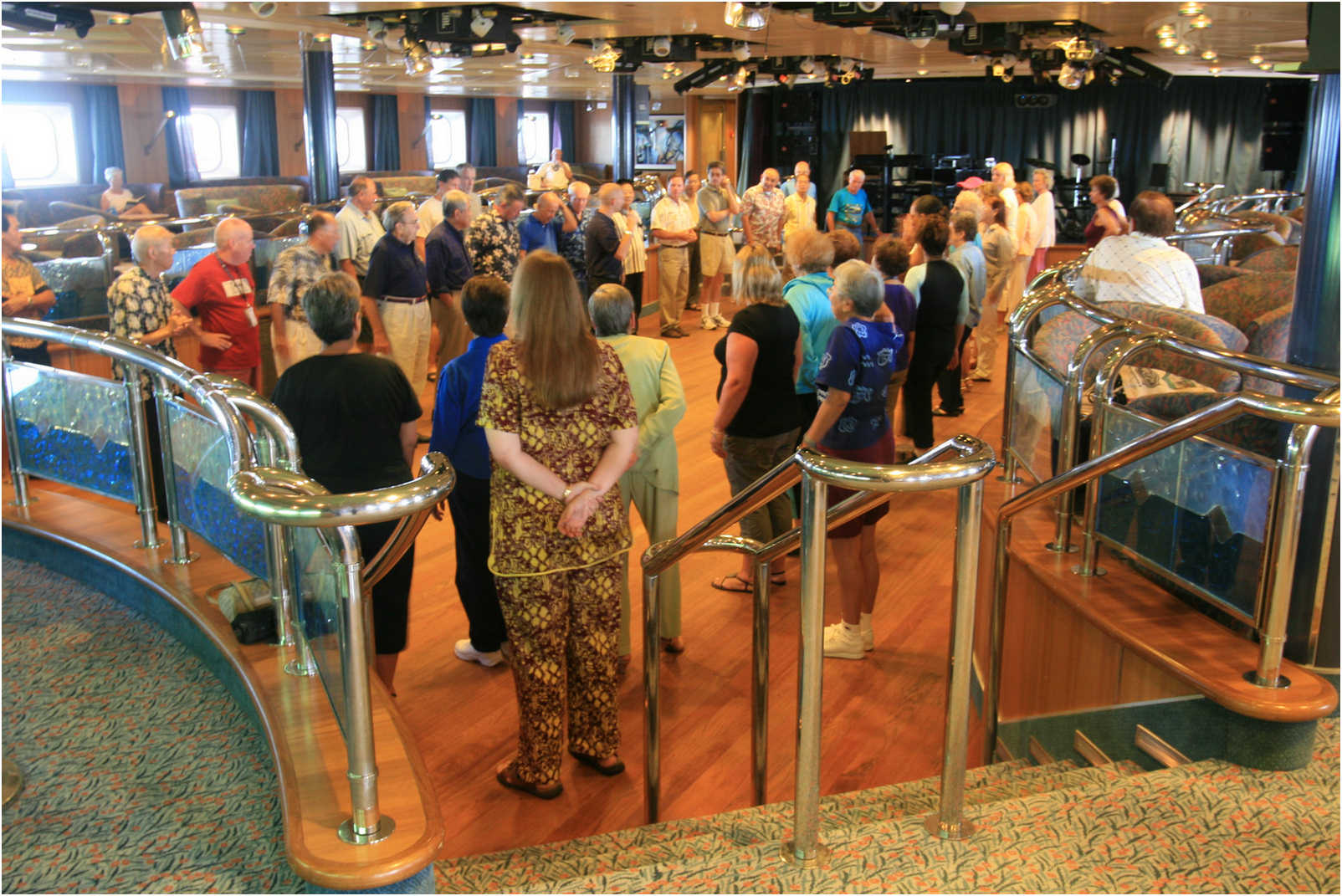

Outside the sea helped us move
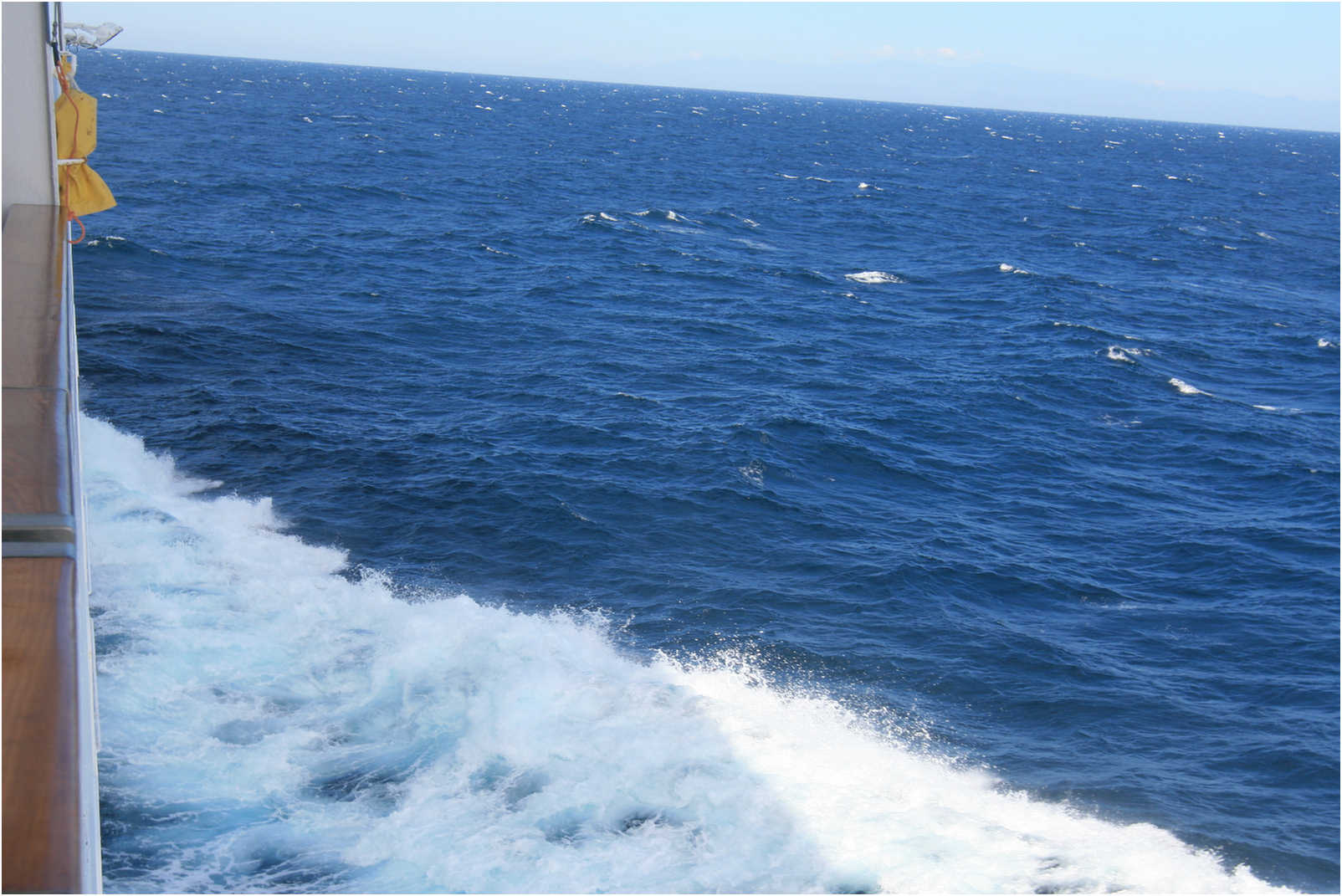

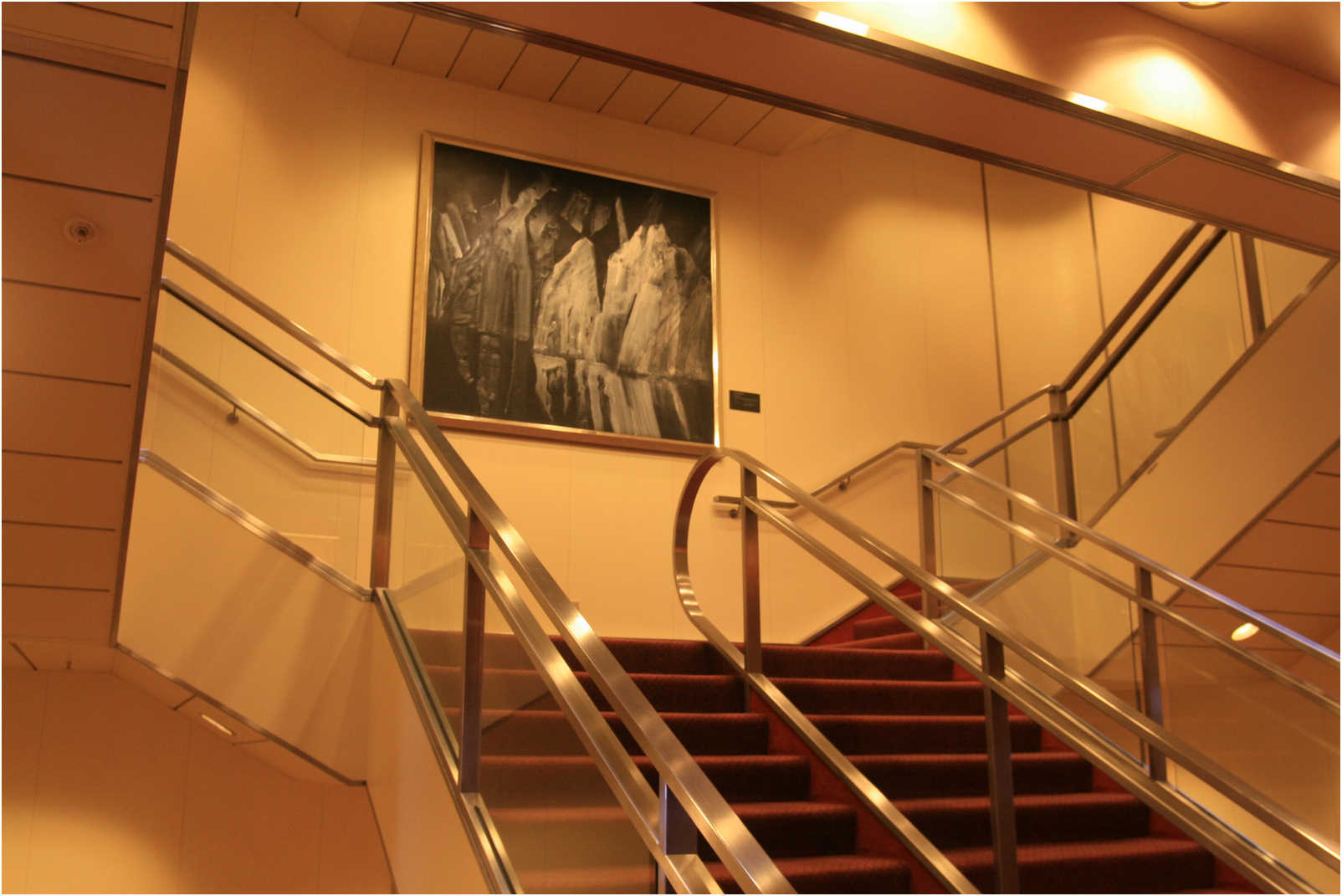
After dancing we walked around the ship before lunch
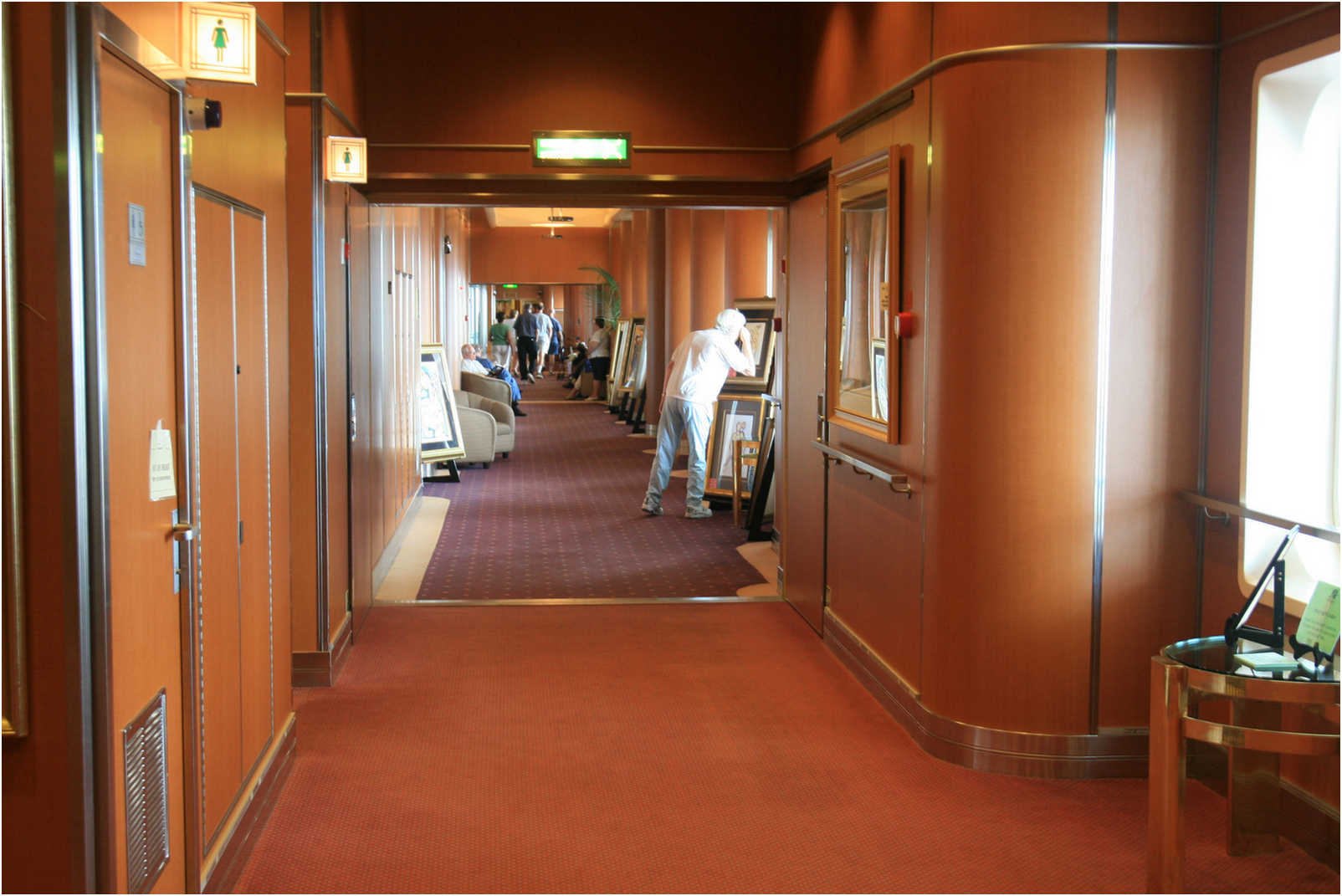

Afternoon dance class

Staying in touch via the internet!

Trivia
Did You Know? - The trivia (singular trivium, adjective trivial) are the three lower Artes Liberales, i.e. grammar, rhetoric and logic. These were the topics of basic education, foundational to the quadrivia of higher education, and hence the material of basic education, of interest only to undergraduates. The word trivia was also used to describe a place where three roads met in Ancient Rome.
The term had become, during the 20th Century, as forgotten as the system of education it pertained to when it was ironically appropriated to mean something very new. In the 1960s, nostalgic college students and others began to informally trade questions and answers about the popular culture of their youth. The first known documented labeling of this casual parlor game as "Trivia" was in a Columbia Daily Spectator column published on February 5, 1965.
The authors, Ed Goodgold and Dan Carlinsky, then started the first organized trivia contests, described below. Since the 1960s, the plural trivia in particular has widened to include knowledge that is nice to have but not essential, specifically detailed knowledge on topics of popular culture. The expression has also come to suggest information of the kind useful almost exclusively for answering quiz questions, hence the brand name Trivial Pursuit (1982).

Time For Lunch
Did You Know? - izza (Italian pronunciation: [ˈpittsa], from the Latin verb pìnsere, to press) is Greek in origin. The Ancient Greeks covered their bread with oils, herbs and cheese. In Byzantine Greek, the word was spelled πίτα or pita, meaning pie. The word has now spread to Turkish as pide, and Bulgarian, Croatian and Serbian as pita, Albanian as pite and Modern Hebrew pittāh.
The Romans developed placenta, a sheet of dough topped with cheese and honey and flavored with bay leaves. Modern pizza originated in Italy as the Neapolitan pie with tomato. In 1889, cheese was added. In 1889, during a visit to Naples, Queen Margherita of Italy was served a pizza resembling the colors of the Italian flag, red (tomato), white (mozzarella) and green (basil). This kind of pizza has been named after the Queen as Pizza Margherita.





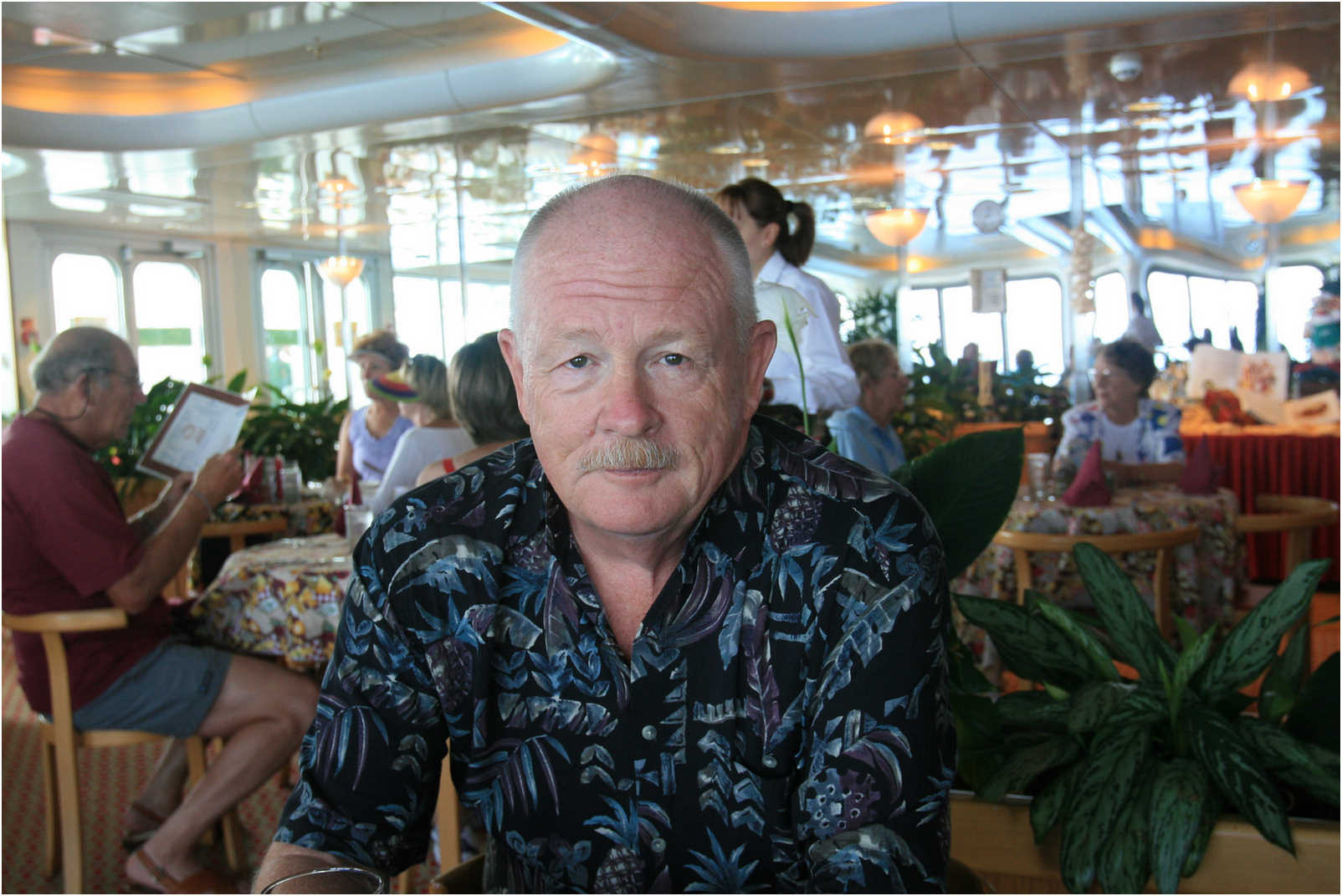
Games In The Afternoon

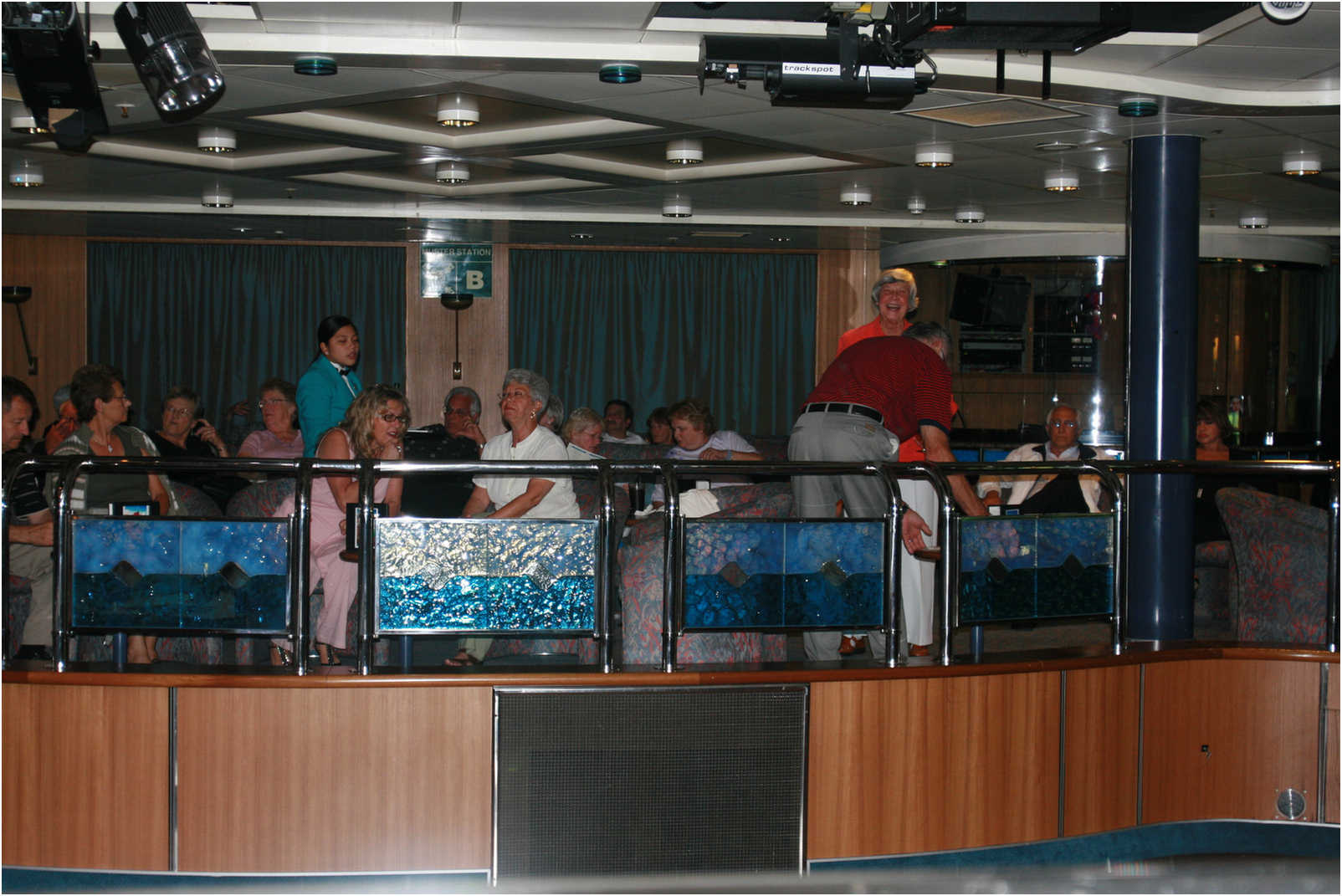
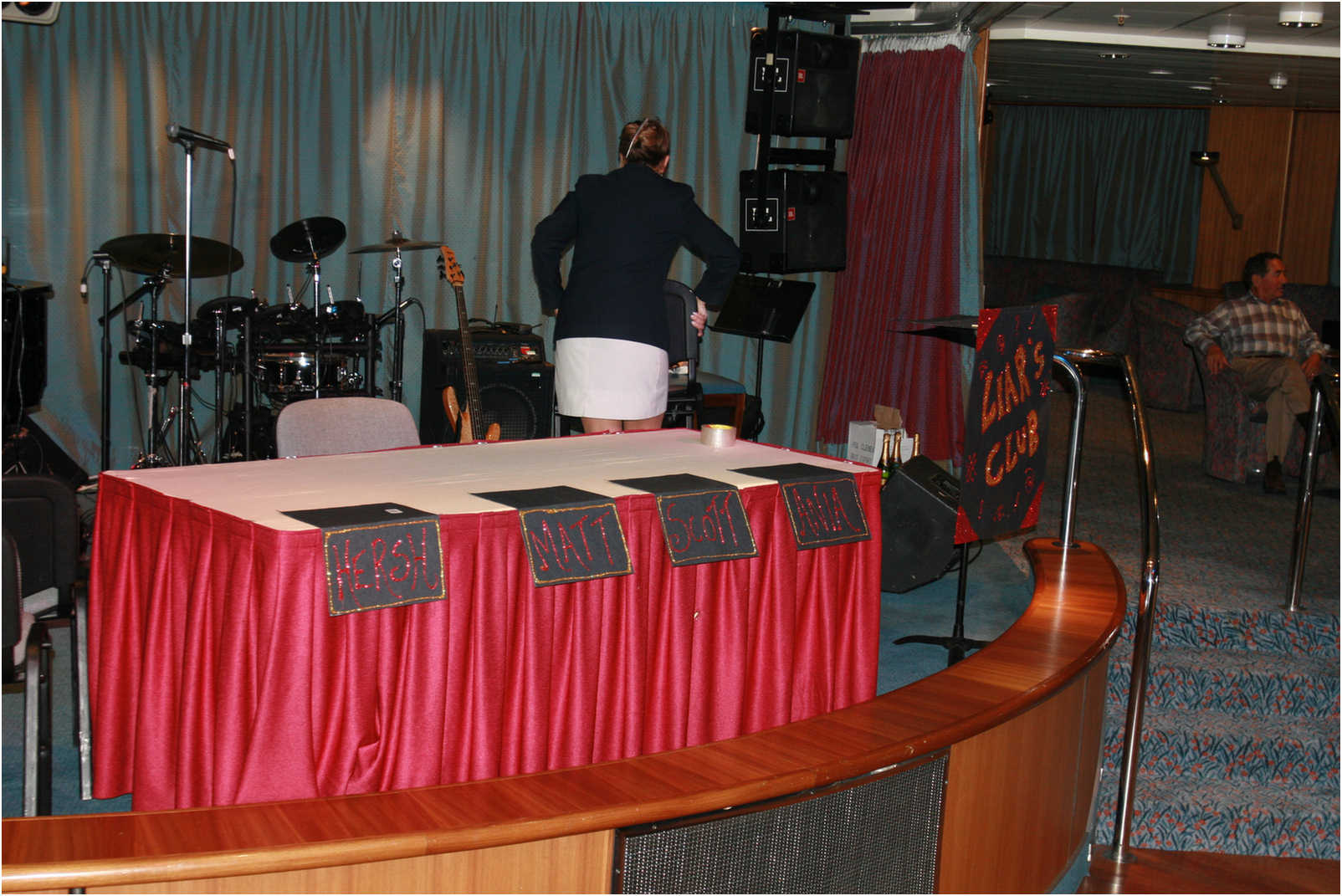
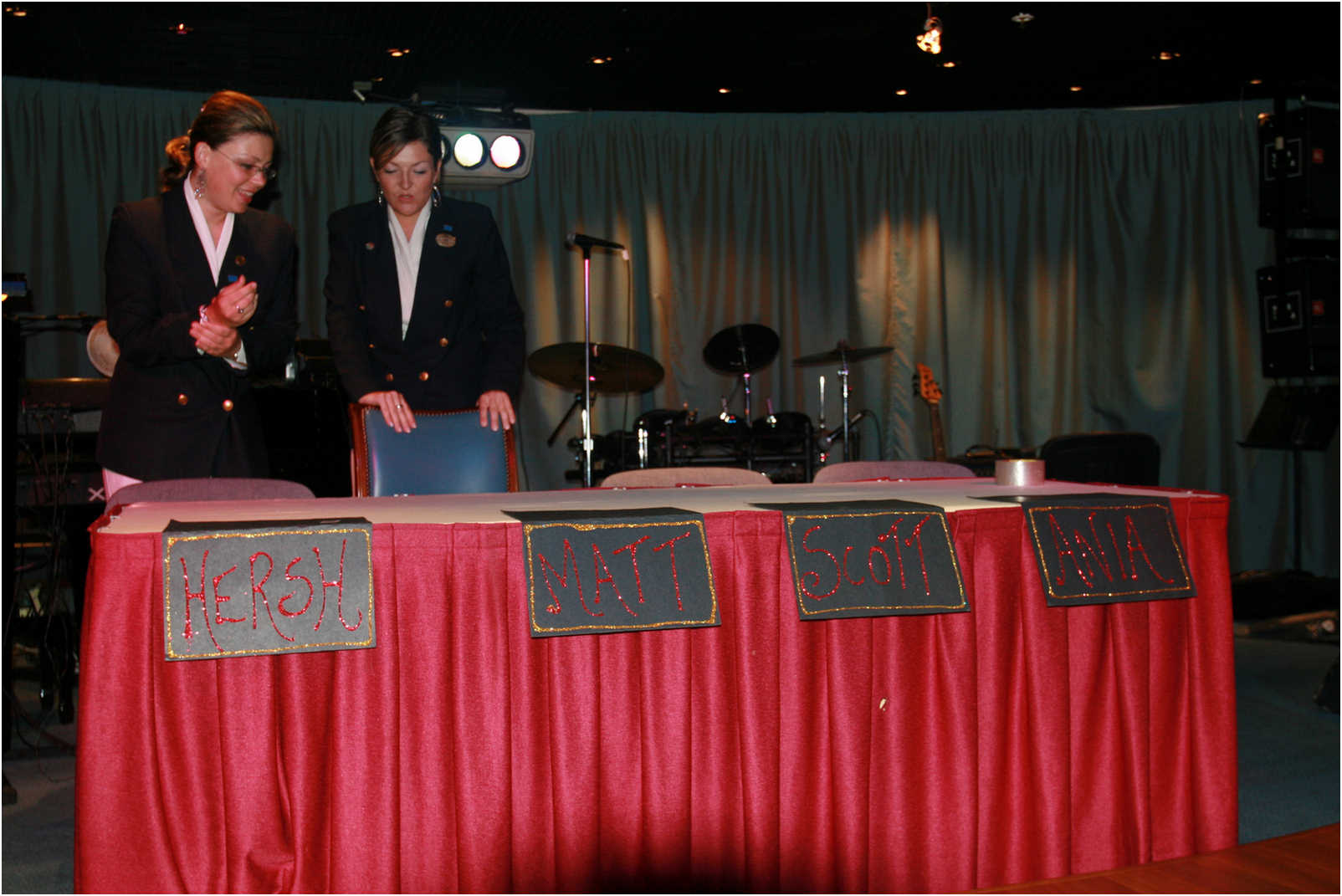


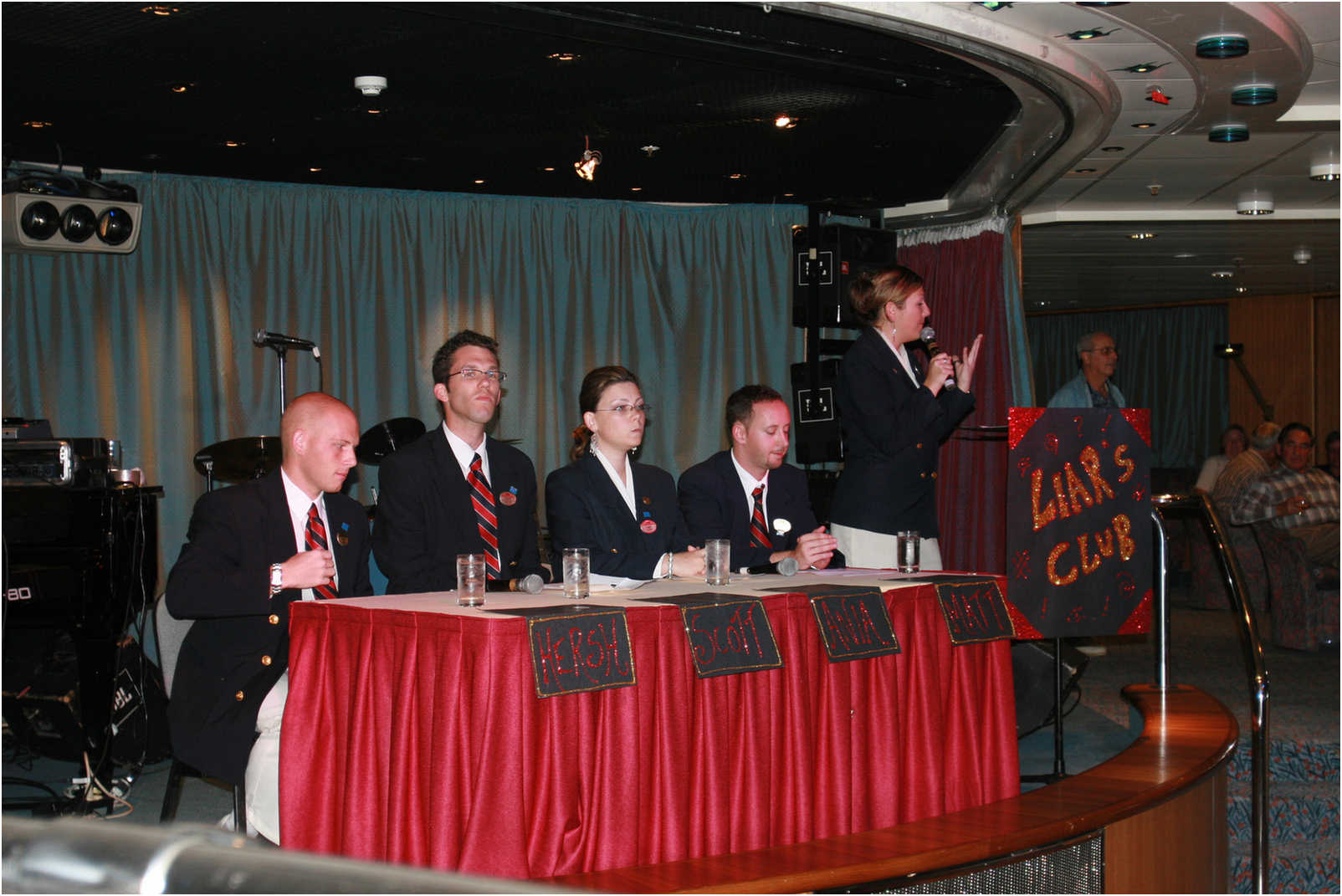

Off to Zihuatanejo, Mexico
Did You Know? - The name Zihuatanejo is from the Nahuatl `Cihuatlán`, meaning `place of women` because it was a matriarchal society. In pre-Columbian times, a Tarascan leader with a title of Caltzontzin (that means: He who governs countless houses) frequented the area from the modern day Lake Pátzcuaro region. Legend has it that he constructed the rock barrier on Playa Las Gatas (named for the harmless whiskered sharks that used to be found there) to provide a sheltered swimming area and harbor for the women and children, though the town's official historian says this is a myth. Nevertheless, that barrier, whether man-made or natural, continues to protect the beach to this day. With the arrival of the Spanish, the name Cihuatlan was transformed first into Cihuatlán and then into Ciguatanejo. Zihuatanejo's current name form has only been in use for the past couple of centuries.
